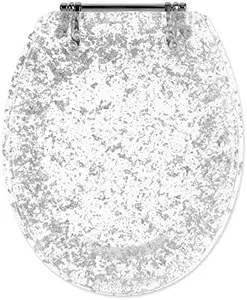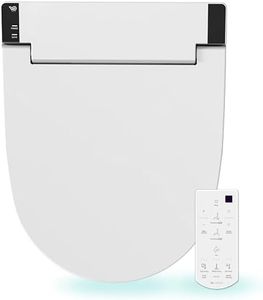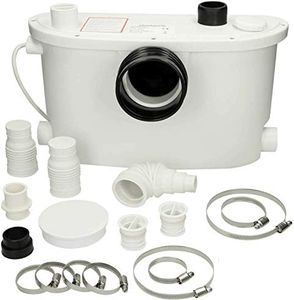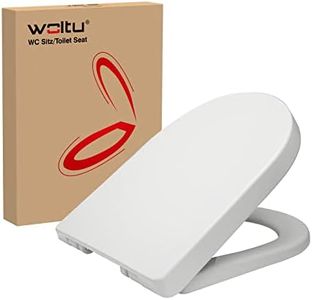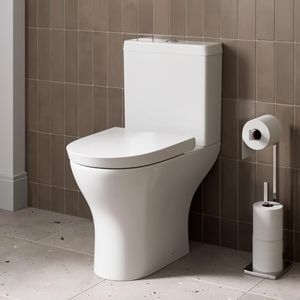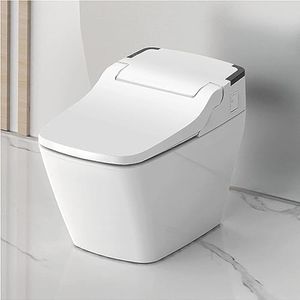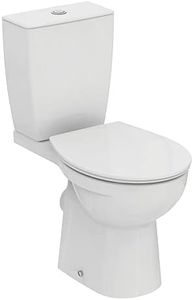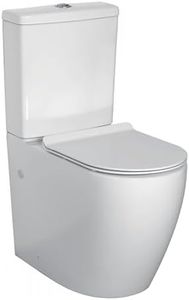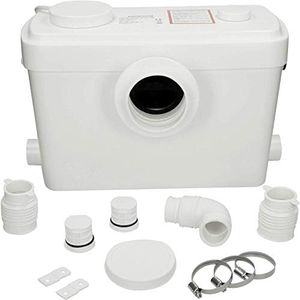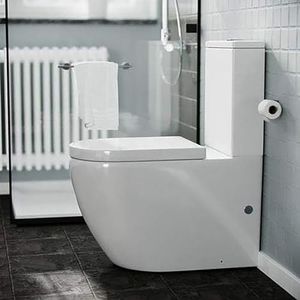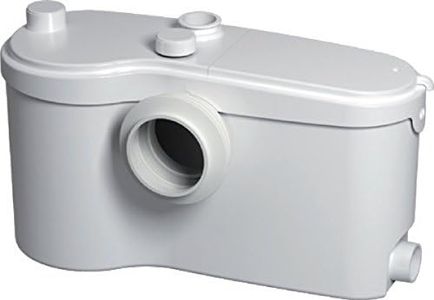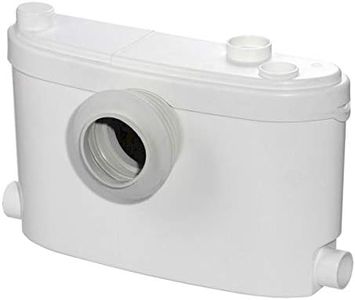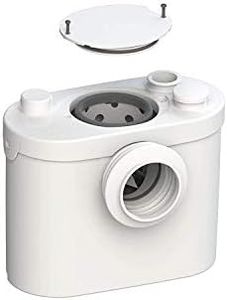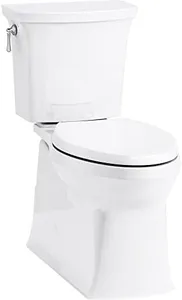Buying Guide for the Best Toilets
Choosing the right toilet for your home is an important decision that can impact both your comfort and the efficiency of your bathroom. When selecting a toilet, consider factors such as the size and layout of your bathroom, your personal preferences for style and comfort, and any specific needs you may have, such as water efficiency or ease of cleaning. Understanding the key specifications of toilets will help you make an informed decision that suits your lifestyle and home requirements.Bowl ShapeThe bowl shape of a toilet can be either round or elongated. This specification is important because it affects the comfort and space usage in your bathroom. Round bowls are more compact and are ideal for smaller bathrooms, while elongated bowls offer more comfort due to their larger seating area, making them a popular choice for master bathrooms. Consider the space available in your bathroom and your comfort preferences when choosing the bowl shape.
Flush TypeToilets come with different flush types, including gravity-fed, pressure-assisted, and dual-flush systems. The flush type is crucial as it determines the efficiency and water usage of the toilet. Gravity-fed toilets are common and use the force of gravity to remove waste, while pressure-assisted toilets use compressed air to enhance flushing power, making them suitable for high-traffic areas. Dual-flush toilets offer two flush options, allowing you to conserve water by using a lower volume flush for liquid waste. Consider your water conservation goals and the flushing power you need when selecting a flush type.
Water ConsumptionWater consumption is measured in gallons per flush (GPF) and is a key factor in determining the efficiency of a toilet. This specification is important for both environmental and cost-saving reasons. Older toilets may use up to 3.5 GPF, while modern toilets are designed to use 1.6 GPF or less, with some high-efficiency models using as little as 1.28 GPF. If water conservation is a priority for you, look for toilets with lower GPF ratings, which can significantly reduce your water usage and utility bills over time.
HeightToilet height, often referred to as 'comfort height' or 'standard height,' affects the ease of use for different individuals. Standard height toilets are typically around 15 inches from the floor to the seat, while comfort height toilets are about 17 to 19 inches, making them easier for taller individuals or those with mobility issues to use. Consider the needs of all household members, including children or elderly individuals, when choosing the toilet height that will be most comfortable and accessible.
Rough-In SizeThe rough-in size is the distance from the wall behind the toilet to the center of the drainpipe. This specification is crucial for ensuring that the toilet fits properly in your bathroom. Common rough-in sizes are 10, 12, and 14 inches, with 12 inches being the most standard. Before purchasing a toilet, measure the rough-in size in your bathroom to ensure compatibility and avoid installation issues.
Material and FinishToilets are typically made from porcelain, which is durable and easy to clean. The finish can vary, with options like glazed or non-glazed surfaces. This specification is important for both aesthetics and maintenance. A glazed finish can help prevent stains and make cleaning easier, while the color and style of the toilet should complement your bathroom decor. Consider the level of maintenance you're willing to perform and the overall look you want to achieve when selecting the material and finish.

